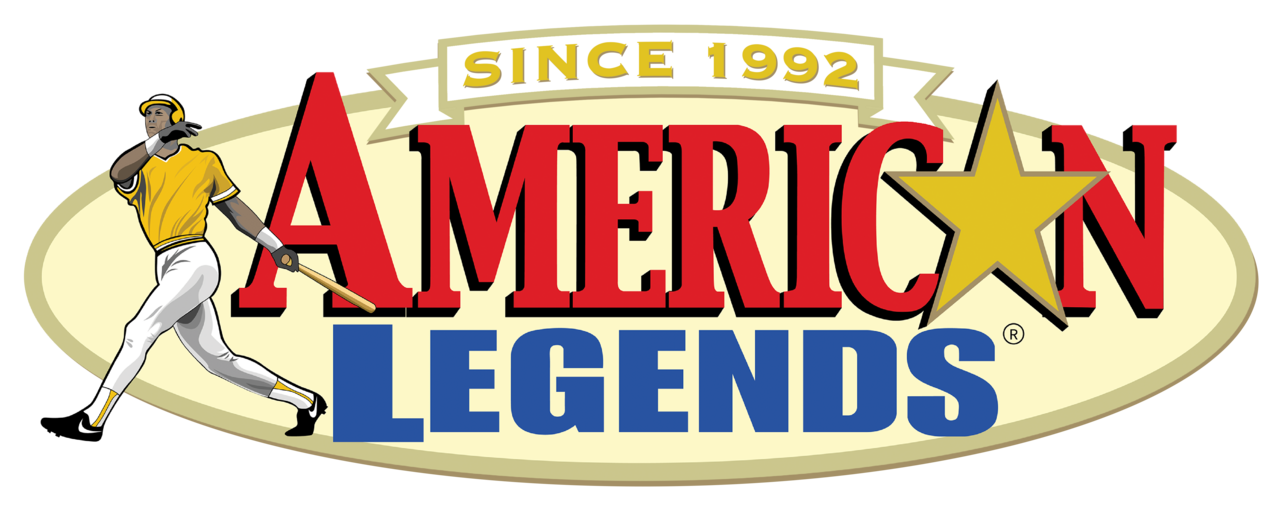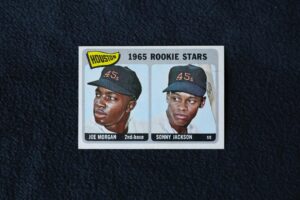How much are my baseball cards worth? This is one of the most frequent questions that our customers repeatedly ask. There is no blanket answer to this.
Many factors can significantly affect the value of the cards. We will briefly go over six essential things you should consider when pricing and selling baseball cards.
So, stay tuned!
#1 Star Players
Collectors are constantly on the hunt for vintage cards of the stars who need no introduction: Mickey Mantle, Willie Mays, Roberto Clemente, and Ted Williams, just to name a few.
These superstars were the best players of their era and the heroes of kids and adults. As a result, card collectors have an emotional attachment to certain cards and are willing to pay big bucks to own them.
#2 Print Year
As a rule, the older a baseball card is, the higher its value. For example, common T206 cards from 1909 are valuable, but common cards printed in the 1980s are not, even though they are 40 years old. Another example: a 1963 Topps Pete Rose is significantly more valuable than a 1983 Topps Pete Rose. Baseball cards made in the 1980s and 1990s were hideously overproduced and that has severely impacted their current market value.
#3 Condition
Another factor that significantly affects the value of any baseball card is its condition. Buyers and sellers tend to focus on several critical factors that professional graders use to assess quality. These include:
- Centering – How well is the card centered?
- Corners- How sharp are all four corners?
- Edges- Were the cards poorly cut?
- Surface – Does the card have a crease, staining, or any scratches?
#4 Graded Cards
Professional graders do not perform miracles. They simply make a judgment on the condition and authenticity of the cards using some evaluation techniques. Collectors generally pay more for graded cards than for non-graded (raw) cards. Three major professional grading companies competing in the vintage baseball card hobby include:
- Professional Sports Authenticators (PSA)
- Sportscard Guarantee Corporation (SGC)
- Beckett (BGS)
#5 Errors
One of the fun things about the hobby of collecting sports cards is the fact that a printing error that’s corrected will favorably affect the price of a card. Thus, a card with certain mistakes may be considered more valuable than a seemingly flawless card.
Take, for example, “corrected errors.” In these cases, the manufacturer detects and corrects the error after releasing a few erroneous versions; generally, these error cards are less in circulation and therefore more expensive.
#6 Print Variations
Print variations are different from errors, and they occur for numerous reasons, including various designs for the same sports card. But like errors, they can drive up prices for even standard cards.
The 1958 Topps Bobby Richardson cards, for example, usually come with his name in white letters at the top. However, the rarer and more expensive version shows his name in yellow letters.
Bottom Line
Still have questions? American Legends has extensive experience in buying and selling baseball cards. We can help you easily navigate the process of selling either your single cards or your entire collection.


